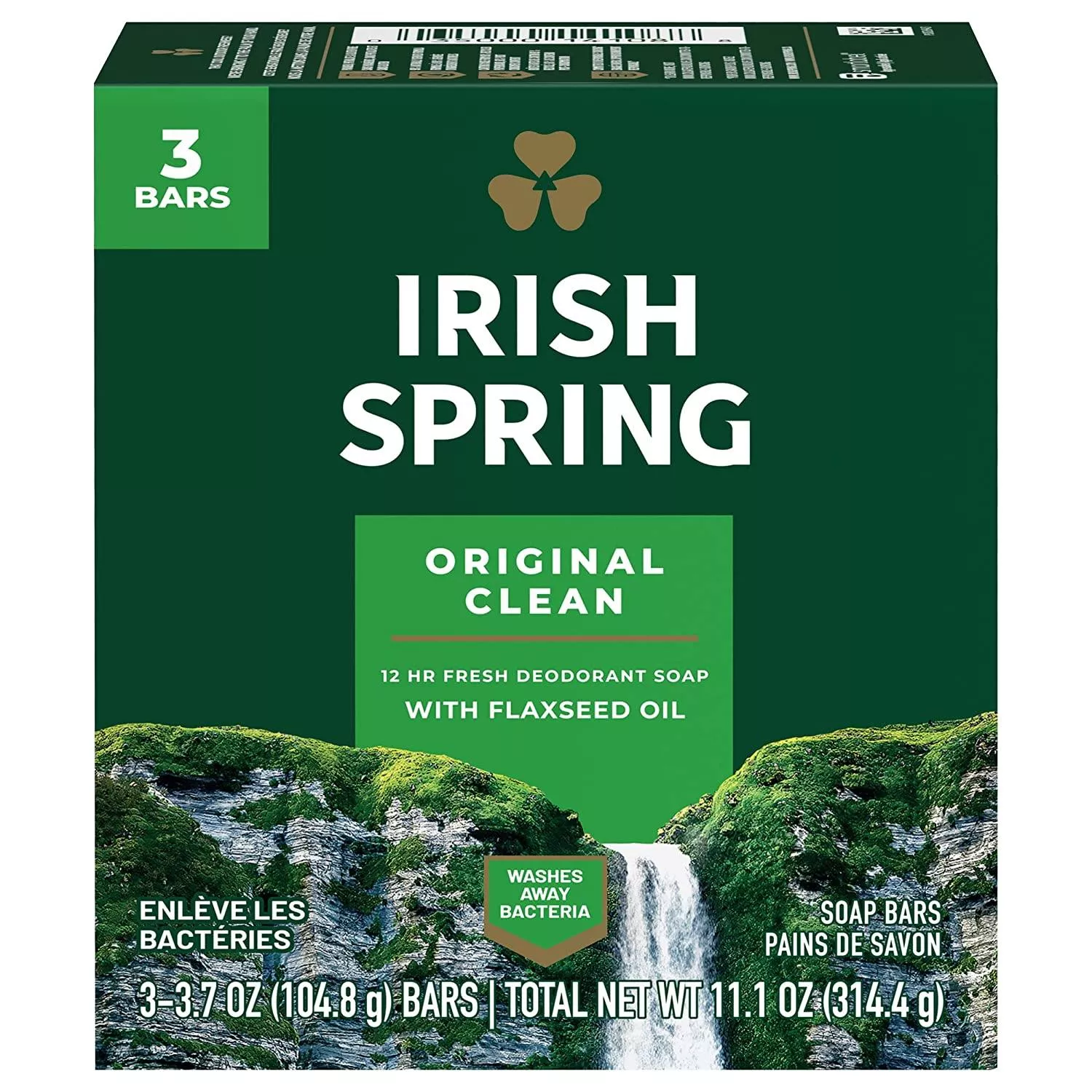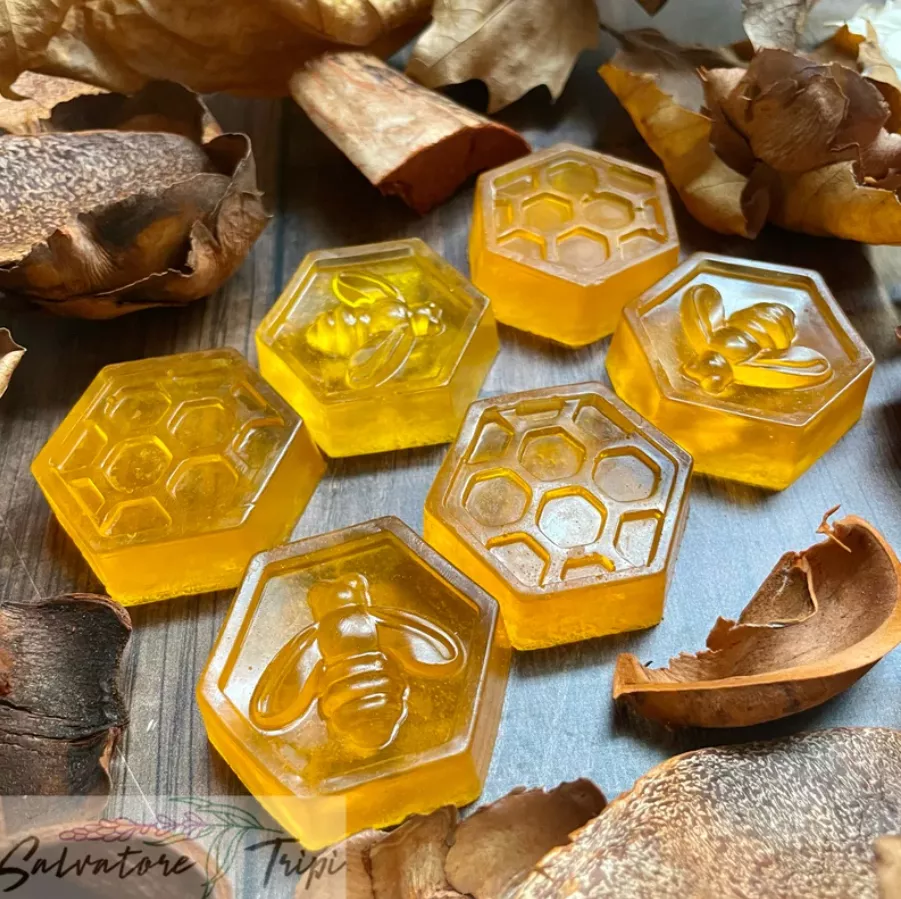The Anatomy of a Good Soap Label: Design and Guidelines to Know
Soap is an indispensable product in people’s homes and lives. Some soaps are used for the human body, laundry, kitchen, and more. So when customers are shopping for soap, brands must find ways to set their soap products apart from a competitive market.
This need especially applies when potential customers scan the labels on the bars that line up shelves. Many brands invest heavily into their product label strategy to make their soap more appealing to consumers.
However, soap labels go beyond design. Social transparency and legal compliance are also vital requirements. Soap brand marketers would do well to learn more about soap labels and soap label design ideas that can be applied to their brands.
Soap Label Design Basics
Two factors are critical when creating your brand’s soap labels: governmental regulations and labeling requirements. These considerations should form the foundation of your soap soap packaging and labeling strategies.
Regulations
Because soap is such an essential need in people’s lives, soap brand marketers must follow specific standards and processes to ensure their products are safe and effective for their intended purposes.
1. Consumer Product Safety Commission (CPSC)
The CPSC regulates traditional soaps that are derived from fats and alkalis and manufactured for consumer use. CPSC has no specific regulations regarding soap labels, but the commission requires soap makers to provide cautionary labeling if they sell hazardous soaps (per the Federal Hazardous Substances Act (FHSA)).
If your soap products fall under the CPSC’s jurisdiction, your brand does not need to follow FDA regulations.
2. The Food and Drug Administration (FDA)
The FDA regulates soaps for cosmetics or drugs. To fall under the jurisdiction of the FDA, soap products should be mainly composed of alkali salts or fatty acids that activate the product’s cleaning action. They must also be labeled and marketed only for use as soap.
Soaps are considered cosmetic products if they contain synthetic detergents and are used to moisturize or deodorize the skin or make it fragrant. Likewise, soaps will be regarded as drugs if they’re designed to treat or prevent diseases or skin conditions such as acne or eczema.
Soap labeling requirements
According to both CPSC and FDA guidelines, labels for soap packaging should include four main elements:
1. Business name and address
Place your brand’s or your distributor’s name and address on the soap label. You may include your phone number, email, or website on the product packaging so customers can easily contact or look you up.

2. Identity statement
Your soap label should include the word “soap,” but you can make it more appealing by using attractive words. For instance, soap brand Irish Spring labels its product as “deodorant soap” to market its deodorizing feature.

3. Ingredients list
As per FDA guidelines, your soap ingredients should be listed in descending order of predominance. This means listing ingredients with the highest percentage in the product’s total formula first before those with the lowest share. Use commonly accepted industry standard names, so consumers know what they’re using.

4. Net weight
Place the net weight or “net wt.” of your soap product on the bottom 30% of the label’s front side. The text should be parallel to the base of the packaging and at least 1/16” in height.

The Best Soap Label Design Ideas and Tips
Creating a definite product label design for your soap products can be challenging. Here are some tips to help you get started.
1. Use custom-printed boxes and labels
The more unique and creative your product packaging, the more it can attract curious customers. You can also use custom-printed boxes and labels as packaging marketing tools for your brand. For instance, British brand Lush is known for its recyclable and reusable cardboard boxes or tins on top of its no-packaging initiative.
SatoSoaps also stands out among other small soap businesses because it provides a customized soap dish and soap pouch exfoliant in its fall-winter soap gift set.

If you can’t manufacture your product packaging, you can work with a credible packaging solutions provider to bring your customized packaging and labels to market.
2. Find the right font
Fonts play a key role in branding. Fonts can define your identity and enhance your brand recall. This is why you should try to choose the best font to represent your brand and product.
While all soap brands have distinct fonts for their product labels, some truly stand out. Examples of unique fonts include Mrs. Meyers’ sans serif, art deco-style font, and Lush’s handwritten typeface, Original Katie.

3. Use a material reflecting your brand
Similar to fonts, the material of your soap label can define your branding. Some soap brands use matte finish labels to evoke softness, while others use high gloss finish labels to promote an upscale and luxurious image. Paper labels are also popular among new soap brands to align with their environmental advocacies.
Regardless of the finish or texture, your label material should be durable to withstand harsh and humid environments during shipping and when used by the consumer
4. Match colors with scents
One way to also catch consumers’ attention is by matching the color of your soap label with the color or scent of your product. For instance, if you’re selling lavender-scented soap, your product label can also be purple or show images of lavender.
If you don’t want to take that route, you can choose colors that represent the feelings you wish to evoke with your product. Whatever direction you take, just remember to select thebest packaging colors that can represent your brand and products and attract consumers’ attention.

5. Play with size and shape
You’re free to break away from the usual round or rectangular shape of most soaps. There are now soaps shaped like popsicles and cupcakes. Most handmade soaps even take on an unfinished or uneven look to appear unique and organic.
6. Deboss or emboss unique designs
You can either deboss or emboss your brand name or a unique design onto your product. Take UK-based small business SalvatoreTripi as an example. Its honeycomb soap is debossed and embossed with honeycomb or bee designs to stay on brand.

Attract Loyal Customers With Clear and Attractive Soap Labels
Having the right labels for your products can make your brand. With the ideas and tips above, you can start making soap labels that comply with government regulations and stand out enough to attract loyal customers.
For packaging design solutions, you can rely on experts from Meyers Printing to bring your labels and packaging to life. We offer product label printing and retail packaging services to help businesses enhance their brand awareness and make their products more unique and distinct. Contact us today to improve your product packaging and labels.

